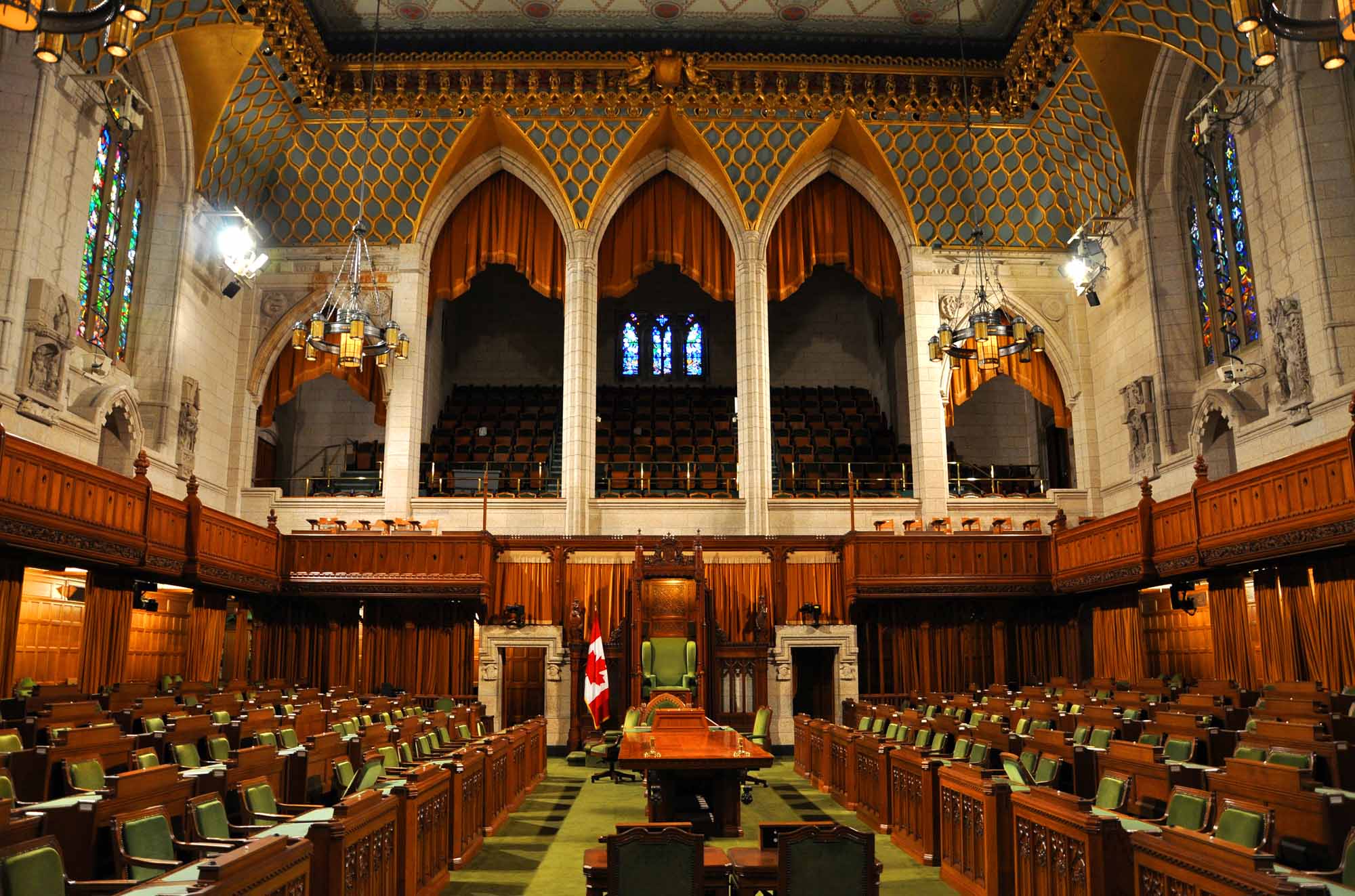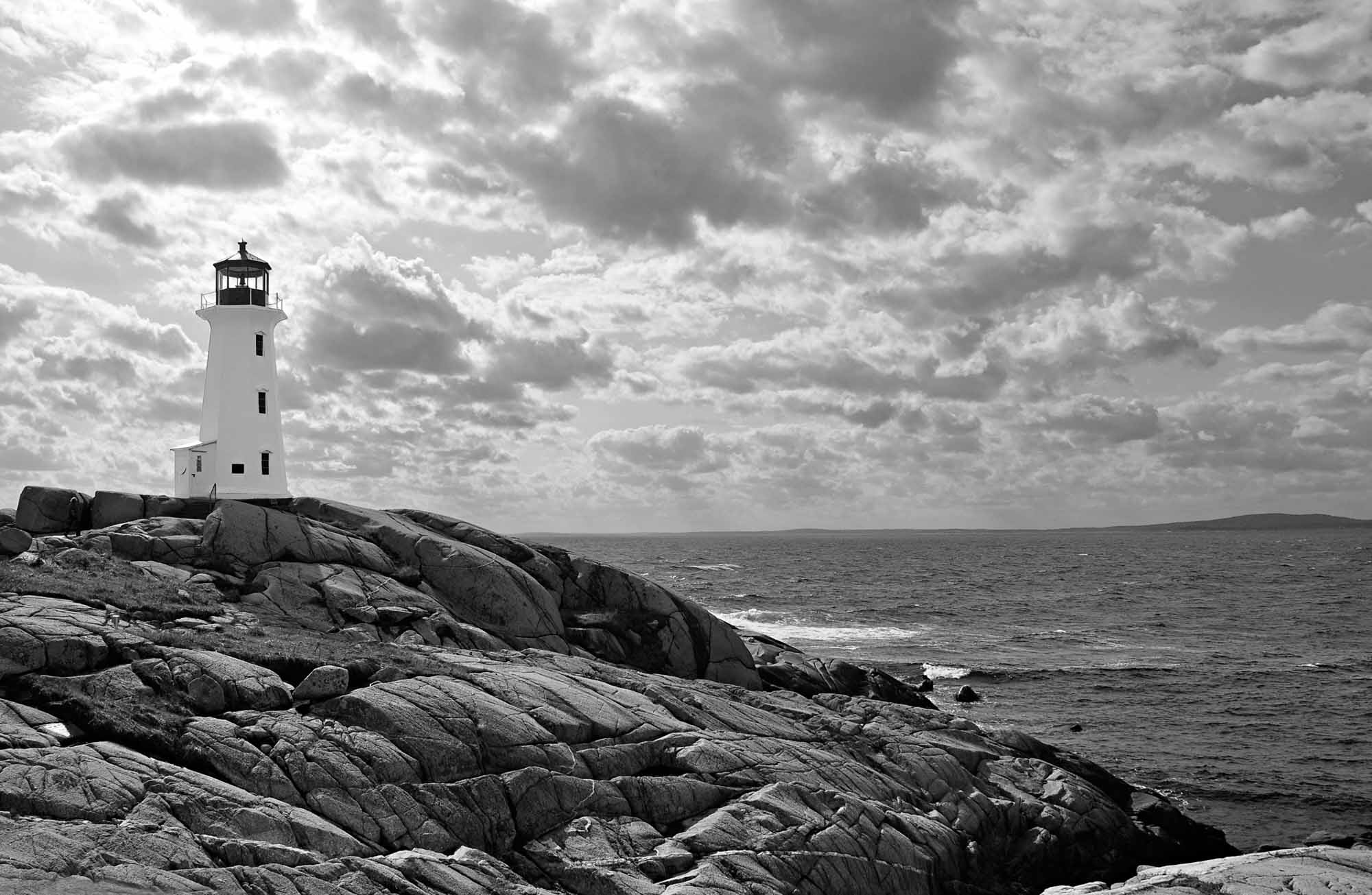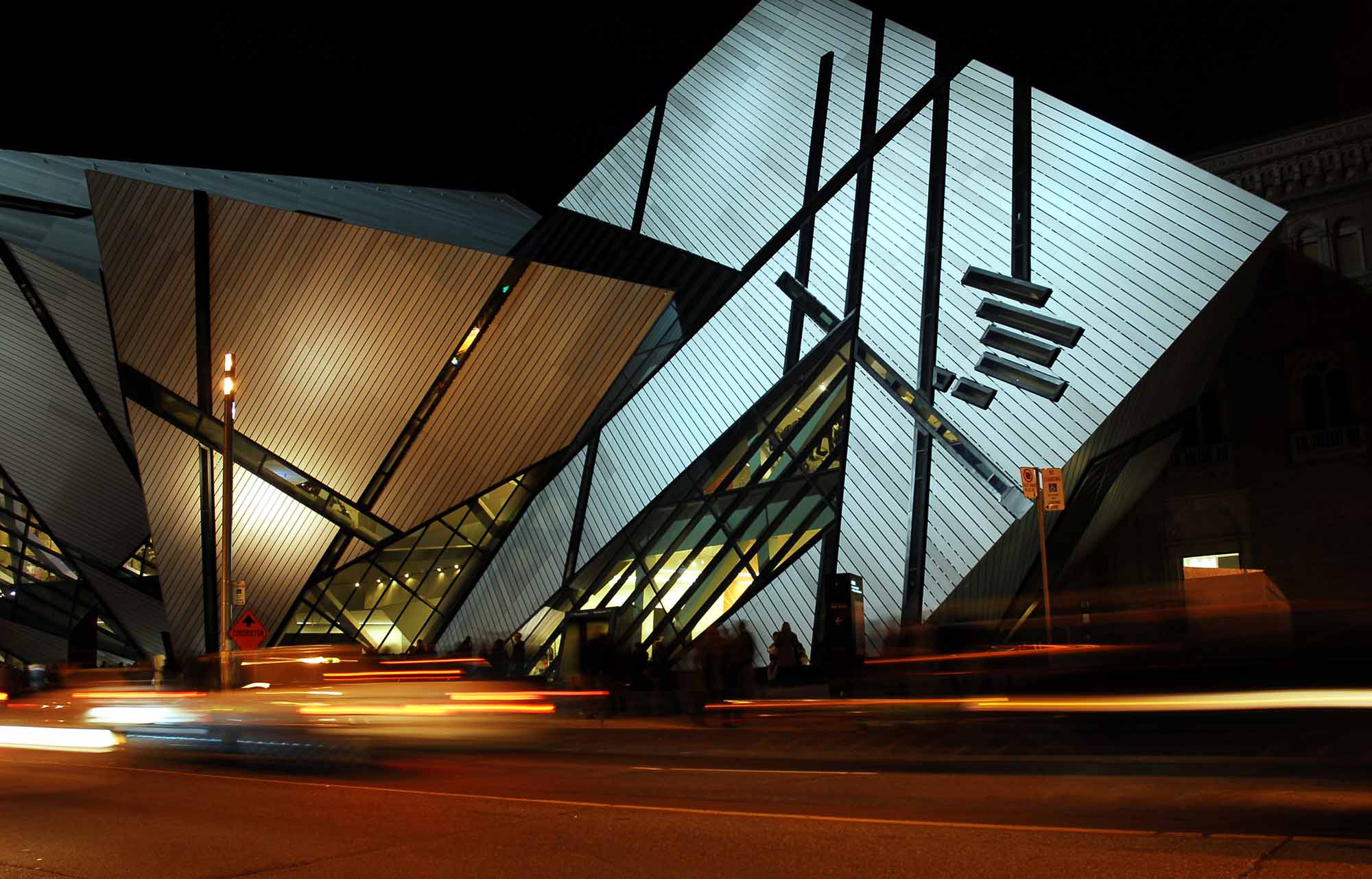Article
Hart House
Hart House's facilities include the Great Hall located in the East Wing which functions as an event venue, conference centre, and concert hall and houses a Steinway grand piano. The Music Room in the West Wing also boasts a grand piano, and is used for smaller concerts, lectures and events.














